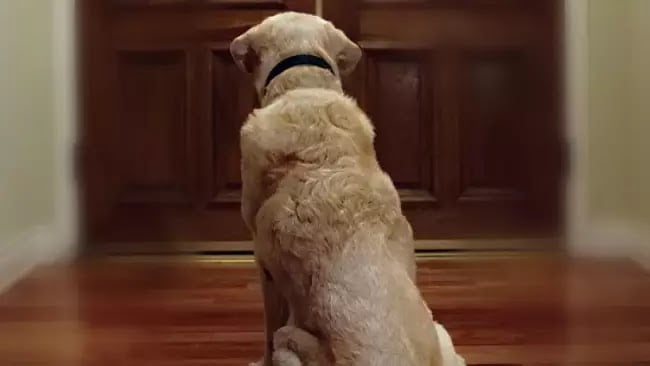Losing a pet can be a heartbreaking experience. According to the American Humane Association, over 10 million pets are lost or stolen in the United States each year. While there are many measures you can take to prevent your pet from getting lost, such as keeping them on a leash or in a fenced-in area, sometimes accidents happen. That’s why microchipping your pet is important.
The Benefits of Microchipping Your Pet
As a responsible pet owner, you want to do everything you can to keep your furry friend safe. A lost pet can be a traumatic experience for both you and your animal, but there are steps you can take to prevent this from happening. One of the best things you can do is to microchip your pet.

Microchipping your pet has a lot of benefits.
- First of all, it is a permanent form of identification. Unlike a collar and tags, which can fall off or be taken by a thief, a microchip is always with your pet.
- Secondly, microchips are universal. Any animal shelter or vet clinic in the country can scan a microchip and get in touch with the owner.
- Finally, microchipping is relatively inexpensive and easy to do. The procedure costs around $20-$50. However, there is an annual fee for registering your pet’s microchip, which can be as much as $20.
Microchipping your pet is a simple and effective way to increase their safety. It gives you peace of mind knowing that, if the worst happens, you have a better chance of being reunited with your furry friend.
The Process of Microchipping Your Pet
A microchip is a tiny, electronicchip that is injected under the skin of your pet. The chip itself is about the size of a grain of rice and contains a unique identification number that is linked to your contact information. If your pet is ever lost or stolen, any veterinarian or animal shelter should be able to scan the microchip and get in touch with you.
Microchipping is a safe and painless process for your pet. It’s similar to getting a vaccine shot and only takes a few seconds. The microchip is injected under the skin between your pet’s shoulder blades using a syringe.
Your pet will not be able to feel the microchip once it has been injected and the entire procedure only takes a few minutes.
The Types of Microchips Available
There are two types of microchips available:
– Passive microchips: These microchips do not contain a power source and can only be read when scanned by a special scanner. Passive microchips do not require a power source, which means they will last the lifetime of your pet.
– Active microchips: These microchips contain a power source and emit a signal that can be detected by special scanners. Active microchips, use a battery to power a radio transponder. This type of microchip is more expensive, but it offers some advantages over the passive type.
Active microchips can malfunction over time, which means that they may not be as effective as a passive microchip in the long run.

Tips for Keeping Your Pet Safe While Microchipped
If you are considering microchipping your pet, there are a few things you should keep in mind. First of all, make sure you register the chip with your contact information. This is essential for the chip to be of any use. Secondly, keep your contact information up to date. If you move or change phone numbers, be sure to update your microchip registration.
Conclusion
In conclusion, microchipping your pet is a great way to help ensure their safety and well-being. It’s a simple, permanent form of identification that can give you peace of mind in case your pet ever gets lost. Plus, it’s quick and easy to do. Most veterinarians can microchip your pet in just a few minutes. So, do it today and make your pet safe.








